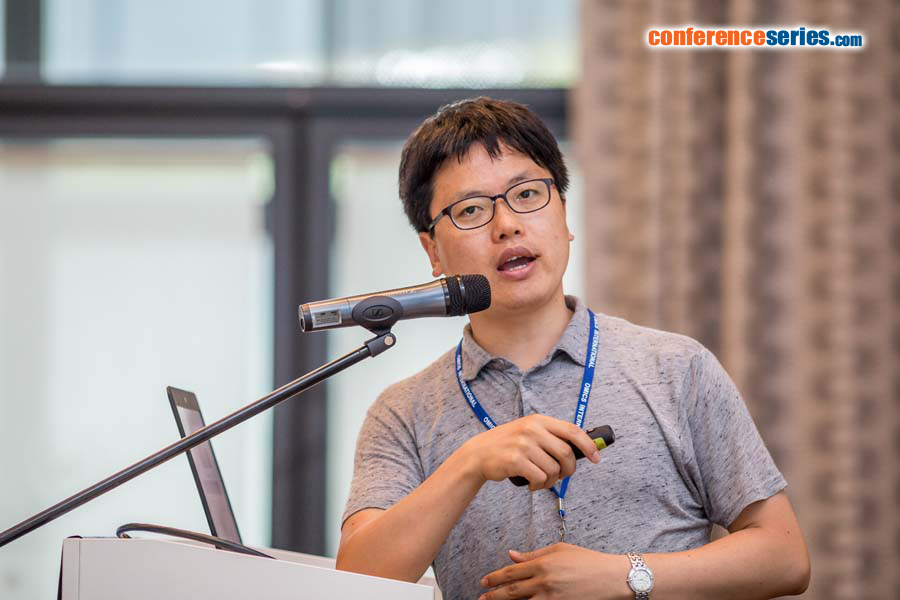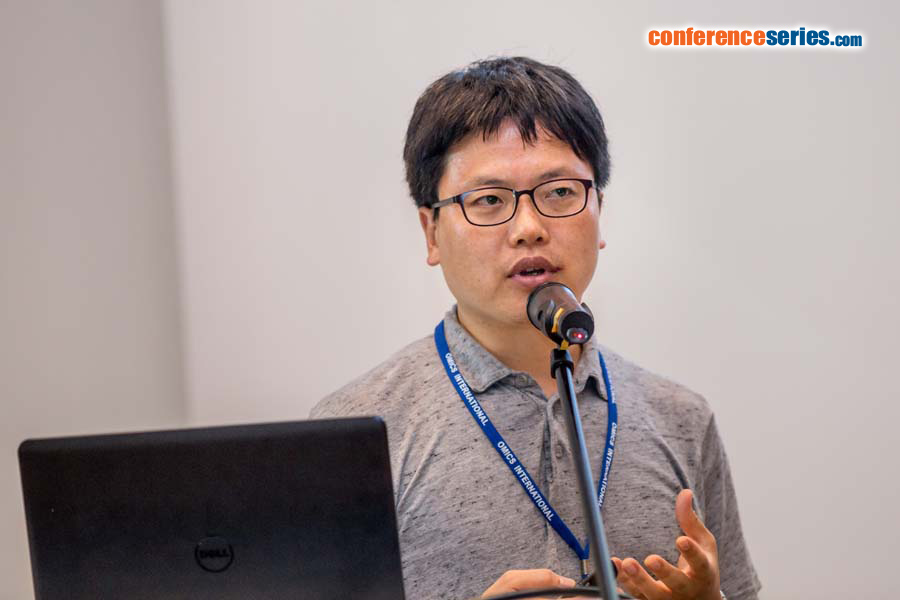
Jin Hyung Lee
Korea Institute of Ceramic Engineering and Technology, South Korea
Title: Pretreatments of lignocellulosic wastes for producing value added products
Biography
Biography: Jin Hyung Lee
Abstract
This study will present several pretreatment methods for improving the production of value added products from lignocellulosic wastes. Lignocellulosic biomass consists of mainly cellulose, hemicelluloses, lignin and partially inorganics and additive. Each component could be raw materials for producing value added products. However, the barrier to the use of lignocellulosic wastes is its recalcitrance. Therefore, specific pretreatment processes should be involved before production process. Firstly, planetary mill pretreatment was used to improve biofuel production. This pretreatment method does not need washing and detoxification process. By the use of only planetary mill pretreatment, we obtained 84% of glucose conversion efficiency without biomass loss and, finally, 6.91 g/L of butanol production which was higher than cultures grown in a typical lab media (P2). Secondly, the lignin component in the lignocellulosic biomass was used to produce porous carbon electrode. To improve the formation of the porous carbon electrode, chemical pretreatment was performed to improve lignin content. After KOH activation, the carbon electrode showed 2,234 m2/g of surface area. Finally, three acidic solutions, sulfuric acid, hydrogen chloride and oxalic acid, and one ionic liquid, 1-butyl-3-methylimidazolium chloride, were used to improve biosilica purity and porosity. Even though rice husk usually contains 12~20% of silica, low purity and porosity are bottleneck in its use. All chemicals were effective to improve ash contents. However, the use of sulfuric acid and ionic liquid led the increase of silica purity, more than 99.5%. Typically, porosity of silica was increased about two times when ionic liquid was used.



